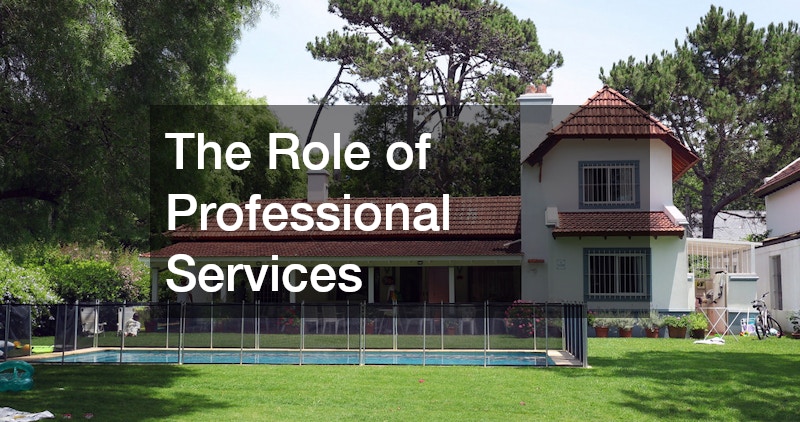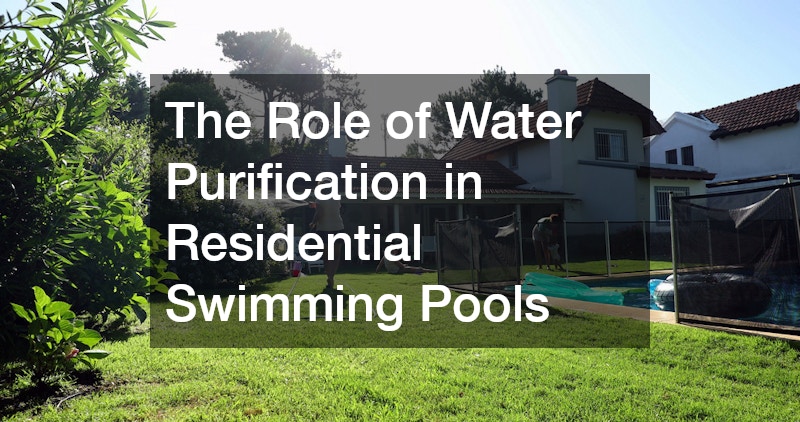A backyard pool is often the centerpiece of relaxation and recreation, but behind every refreshing dip lies an invisible system working hard to keep the water clean. Water purification is essential in residential swimming pools, not just for aesthetics but for health and safety. Without proper purification methods, your pool can quickly become a breeding ground for bacteria, algae, and other contaminants.
Whether you’re installing a new pool or looking to improve your maintenance routine, understanding how water purification works is vital for keeping your pool pristine and your family safe.
From filtration systems and chemical treatment to innovative technologies like UV and ozone systems, water purification is the backbone of pool hygiene. This blog will explore the science, systems, and significance of water purification in residential swimming pools—and how it contributes to the long-term enjoyment and usability of your outdoor oasis.
Why Water Purification Matters
Water in an uncovered or frequently used pool is susceptible to all kinds of pollutants—sweat, body oils, leaves, insects, sunscreen, and more. Without proper purification, these substances accumulate and foster bacteria, leading to cloudy water and potential health hazards. Skin rashes, eye irritation, and ear infections are just a few risks that can result from swimming in untreated or poorly maintained water.
Additionally, stagnant water quickly becomes a magnet for algae and harmful pathogens. Waterborne illnesses like cryptosporidiosis or giardiasis can spread in improperly sanitized pools, making water purification not just a matter of comfort but a serious responsibility.
Mechanical Filtration: The First Line of Defense
Mechanical filtration is often the starting point for water purification. Pool filters work by removing physical debris from the water, such as leaves, dirt, and insects. Common types include:
-
Sand filters: Use sand to trap particles as water passes through.
-
Cartridge filters: Employ pleated cartridges that can be cleaned or replaced.
-
Diatomaceous earth (DE) filters: Use fossilized powder to filter out fine particles.
While these systems don’t sanitize water on their own, they are crucial in removing contaminants that would otherwise interfere with chemical treatments or clog other purification tools.
Chlorine and Beyond: Chemical Purification Methods
Chlorine has long been the most commonly used chemical for disinfecting pool water. It effectively kills bacteria, viruses, and algae. However, it must be carefully balanced—too little can allow pathogens to thrive, while too much can cause irritation to skin and eyes.
Modern homeowners are increasingly turning to alternatives or supplements to chlorine, including:
-
Saltwater systems: These generate chlorine naturally from salt, providing gentler water quality.
-
Bromine: Especially effective in warmer water and less likely to produce a strong odor.
-
Mineral systems: Use silver and copper to fight bacteria and algae with less reliance on harsh chemicals.
Maintaining proper pH levels is just as important. Imbalanced pH can hinder sanitizers, cause corrosion, or lead to scale buildup. Regular testing and adjustments help create optimal water conditions.
Advanced Purification Technologies
Technological advancements have introduced a range of powerful options for residential pool water purification. These include:
-
Ultraviolet (UV) systems: Use light to neutralize bacteria and viruses. UV does not leave residuals in the water, so it is often used alongside chlorine or other sanitizers.
-
Ozone generators: Inject ozone gas into the water to break down organic contaminants and kill microorganisms.
-
Advanced oxidation processes (AOP): Combine UV and ozone for superior sanitization, breaking down even the toughest pollutants.
These systems not only improve water quality but also reduce the need for chemical usage, offering a more eco-friendly and skin-sensitive experience.
Water Circulation and Maintenance Routines
Even the most sophisticated purification system will fail if water remains stagnant. Circulation helps distribute chemicals evenly, pushes water through the filter, and prevents the development of dead zones where bacteria can thrive.
Typical maintenance should include:
-
Running the pool pump daily for 8–12 hours.
-
Skimming the surface and vacuuming the bottom.
-
Brushing pool walls and tiles to prevent buildup.
-
Monitoring and adjusting chemical levels at least 2–3 times a week.
Routine checks prevent issues before they become expensive repairs or health risks.

The Role of Professional Services
While many homeowners manage their pool maintenance, professional water testing and servicing can catch hidden issues early and provide peace of mind. Professionals use more advanced testing tools and are trained to detect imbalances, mechanical problems, or early signs of contamination.
Hiring a professional service is especially helpful when opening or closing a pool for the season, shocking the pool, or troubleshooting unclear or discolored water.
Environmental Considerations
Water purification isn’t just about human health—it also affects the environment. Wastewater from backwashing filters or draining pools can carry chemicals into local ecosystems. Responsible pool owners should:
-
Use environmentally safe products when possible.
-
Minimize water waste by repairing leaks and covering pools when not in use.
-
Choose purification systems that reduce chemical dependency.
Eco-friendly purification helps preserve local water sources and reduces long-term maintenance costs.
Education Is Key
Owning a pool means committing to a routine of learning and upkeep. From understanding how water chemistry works to selecting the best filtration system for your home, education is a major component of maintaining a safe, clean swimming environment. Pool owners should stay updated with the latest techniques, tools, and safety standards. Online resources, pool supply retailers, and certified pool operators can all provide valuable guidance.
The beauty and enjoyment of a residential swimming pool depend heavily on one crucial factor: clean water. Water purification plays a central role in making that possible. From traditional filters and chlorine to modern ozone systems and saltwater generators, each element of the purification process contributes to the health, safety, and visual clarity of your pool. Neglecting this aspect not only diminishes the swimming experience but can pose serious health hazards. A smart purification setup, backed by regular maintenance and smart chemical management, transforms your backyard pool into a sparkling, inviting retreat. Whether you’re swimming laps, enjoying a summer party, or just cooling off after a long day, purified water makes the experience safe, enjoyable, and worry-free. If you’re considering upgrades or need help with purification systems, now’s the perfect time to speak with a local pool care professional. Let your water reflect the best of your investment—clear, clean, and always ready for a swim.




